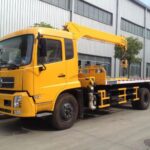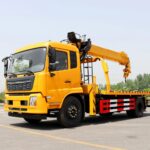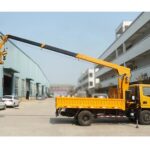In the realm of vehicular assistance, innovation continues to transform the landscape of towing and recovery operations. One such innovation that has garnered attention is the emergence of tow trucks equipped with cranes. These dual-purpose vehicles have redefined the capabilities of traditional tow trucks by seamlessly combining the functions of towing and lifting. This article delves into the world of tow trucks with cranes, exploring their design, applications, benefits, and the impact they have on the automotive recovery industry.
A Fusion of Strength and Versatility
Tow trucks with cranes represent the epitome of versatile engineering. These vehicles integrate the core functionalities of both a conventional tow truck and a heavy-duty crane, creating a singular powerhouse capable of addressing a wide spectrum of challenges. Traditional tow trucks excel at hauling damaged or malfunctioning vehicles from accident scenes or breakdown locations. אוּלָם, they often face limitations when it comes to scenarios involving heavy lifting, such as recovering overturned trucks or placing heavy objects in hard-to-reach places.
The inclusion of a crane on a tow truck adds an extra layer of functionality. The crane arm, often hydraulically operated, provides a remarkable lifting capacity, enabling operators to effortlessly hoist heavy objects, machinery, or even vehicles in precarious positions. This versatility extends the capabilities of recovery teams, enabling them to manage complex situations without relying on separate specialized equipment.
Applications Across Industries
The applications of tow trucks with cranes are manifold and extend beyond the realm of simple towing and recovery. These vehicles find immense utility across various industries, contributing significantly to efficient operations and reduced downtime.
In the construction sector, these dual-purpose vehicles are a boon. They facilitate the movement of heavy construction equipment, materials, and supplies to elevated locations that are otherwise challenging to access. Crane-equipped tow trucks can effortlessly lift and place generators, building components, and heavy machinery onto rooftops or higher floors, streamlining construction workflows and expediting project timelines.
Municipalities also benefit from tow trucks with cranes. They aid in the removal of abandoned vehicles from difficult terrains, such as hillsides or ravines. In disaster-stricken areas, these vehicles play a vital role in clearing debris, rescuing stranded vehicles, and restoring access to critical infrastructure.
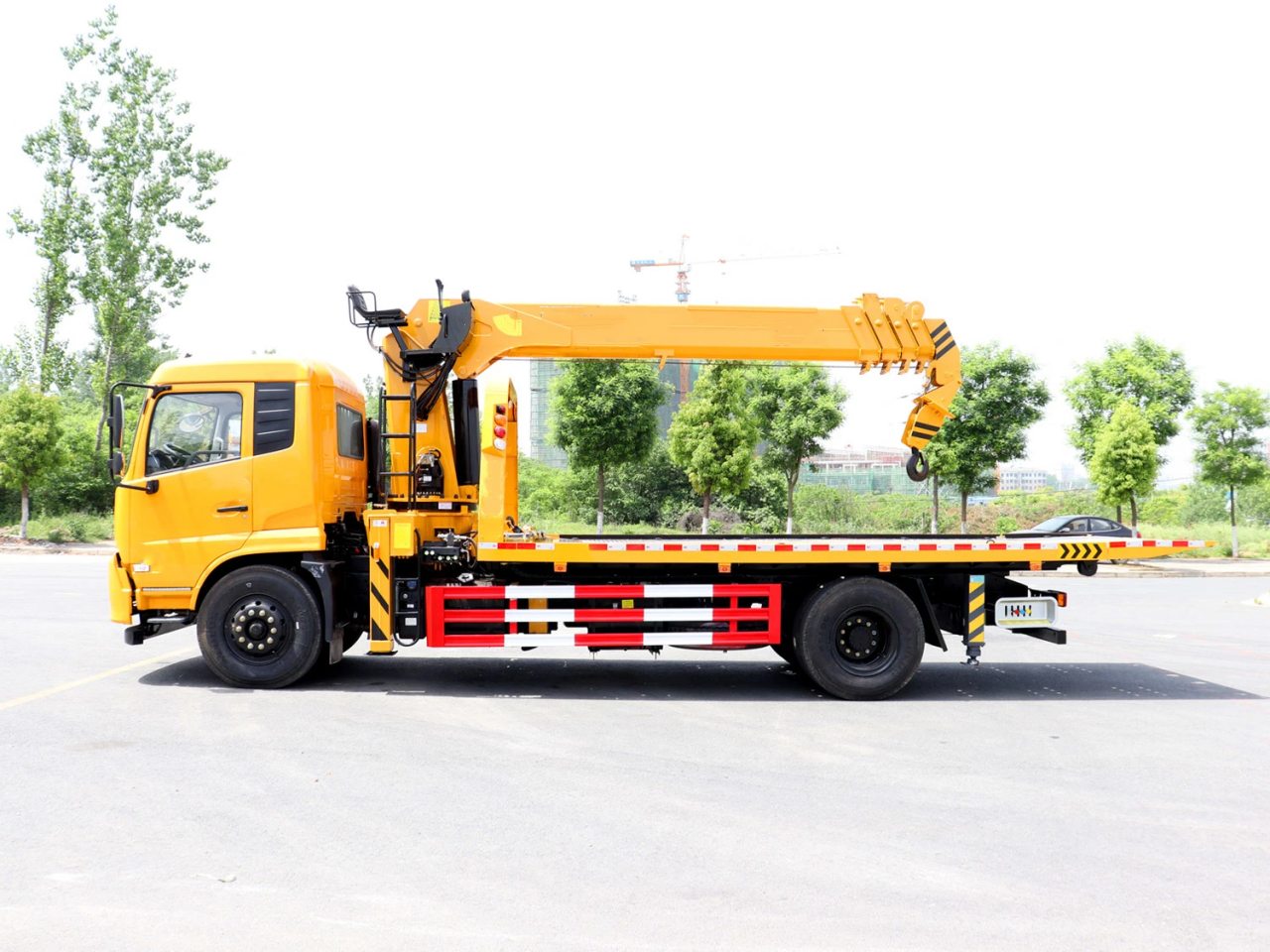
Advantages and Efficiency
The integration of a crane into a tow truck brings forth numerous advantages that significantly enhance operational efficiency and overall effectiveness.
1. Time and Cost Savings: The combination of towing and lifting capabilities into a single vehicle minimizes the need for multiple trucks or equipment, thereby reducing operational costs and time required to complete tasks.
2. Adaptability: Tow trucks with cranes can adapt to a wide range of scenarios, from delicate lifts in urban settings to heavy-duty recoveries in rugged terrains. This adaptability reduces the need for specialized equipment for specific situations.
3. Minimized Footprint: Having one multi-functional vehicle rather than 2 separate ones reduces the space required for storage and maintenance. This is particularly beneficial for smaller towing companies with limited facilities.
4. Enhanced Safety: The crane’s precise control allows operators to handle delicate lifting operations with increased safety, reducing the risk of damage to surrounding structures or vehicles.
5. Versatility in Urban Environments: In urban areas with limited space, the crane-equipped tow truck‘s ability to lift and place heavy objects with precision is invaluable. This is especially true in scenarios where a standard crane might be too large or impractical.
6. Single-Operator Efficiency: With advanced control systems and technology, a single operator can manage both towing and lifting functions, streamlining operations and reducing labor requirements.
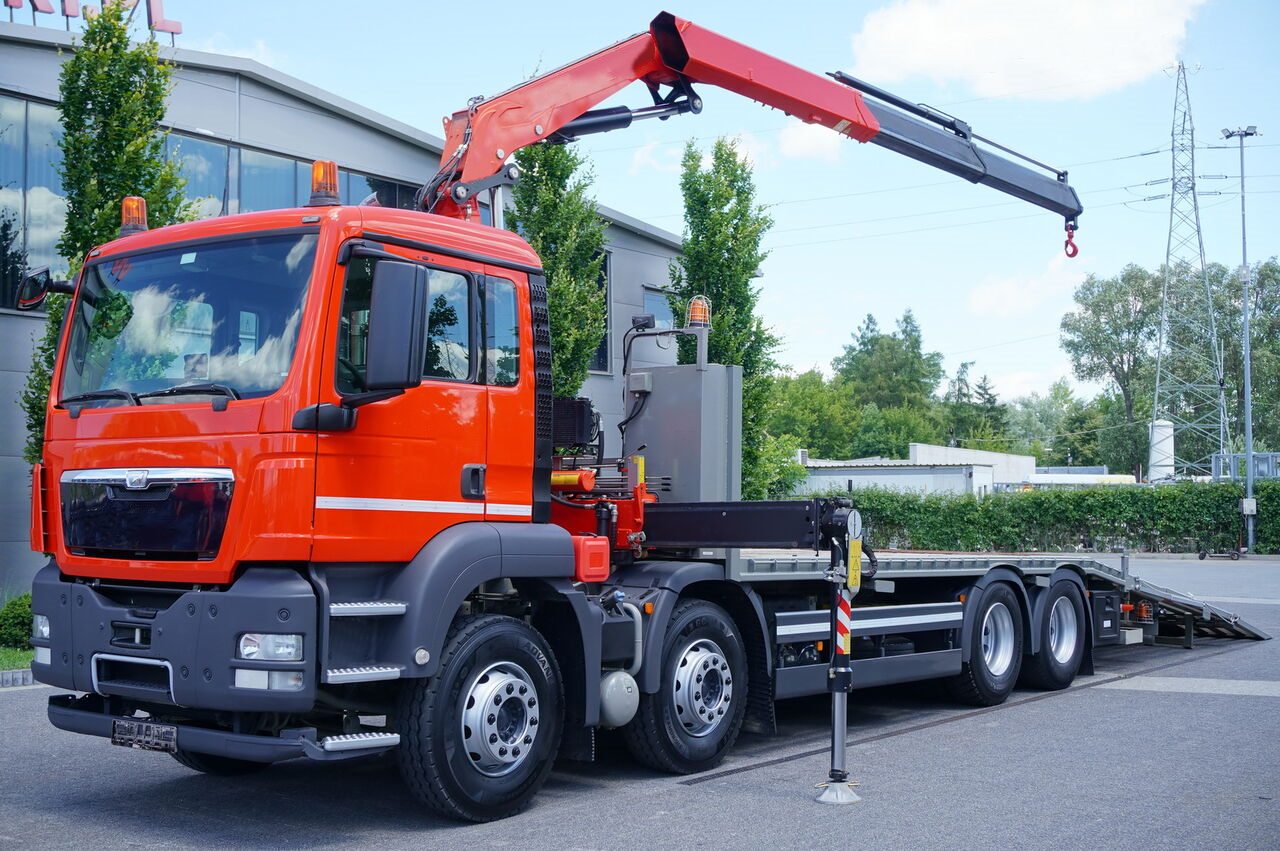
Transforming the Recovery Landscape
The introduction of tow trucks with cranes has indeed transformed the recovery landscape. These dual-purpose vehicles offer a symbiotic fusion of capabilities that enhance efficiency, reduce costs, and enable recovery teams to tackle a broader array of challenges. As the automotive industry continues to evolve, with vehicles becoming larger and more complex, the need for adaptable and powerful recovery solutions becomes even more pronounced.
The Road Ahead: Innovations and Challenges
As the automotive and recovery industries continue to evolve, tow trucks with cranes are likely to see further innovations that refine their capabilities and expand their utility. One area of advancement lies in the integration of advanced automation and remote control systems. These innovations could enable operators to control the crane and towing functions from a safe distance, reducing the risks associated with complex recovery scenarios.
Moreover, as environmental concerns gain prominence, there is a growing focus on making these dual-purpose vehicles more eco-friendly. Manufacturers are exploring ways to incorporate hybrid or electric propulsion systems into tow trucks with cranes, reducing emissions and minimizing the environmental footprint of these essential vehicles.
אוּלָם, with every advancement comes challenges that need to be addressed. One of the significant challenges facing the adoption of tow trucks with cranes is the initial investment cost. Equipping a tow truck with a heavy-duty crane requires substantial financial resources. Smaller towing companies might find it challenging to make this upfront investment, potentially creating a divide in the industry between those who can afford the technology and those who cannot.
בְּנוֹסַף, as with any advanced technology, proper training and certification for operators become crucial. The complex nature of dual-function vehicles necessitates skilled operators who can effectively manage both towing and lifting operations without compromising safety or efficiency. Ensuring that operators receive the necessary training to harness the full potential of these vehicles is paramount.
The Global Impact
The impact of tow trucks with cranes extends far beyond individual recovery companies. These vehicles play a pivotal role in maintaining the infrastructure of societies around the world. Whether it’s removing a stranded vehicle from a busy highway, recovering a construction machine stuck on a worksite, or clearing debris after a natural disaster, these vehicles contribute to keeping traffic flowing, ensuring public safety, and expediting recovery efforts.
In disaster-stricken regions, the presence of crane-equipped tow trucks can make a remarkable difference. Timely removal of debris, rescue operations, and restoration of access routes are vital in such scenarios. Tow trucks with cranes have proven to be indispensable tools during hurricanes, earthquakes, and other catastrophic events, aiding in the restoration of normalcy and access to essential services.
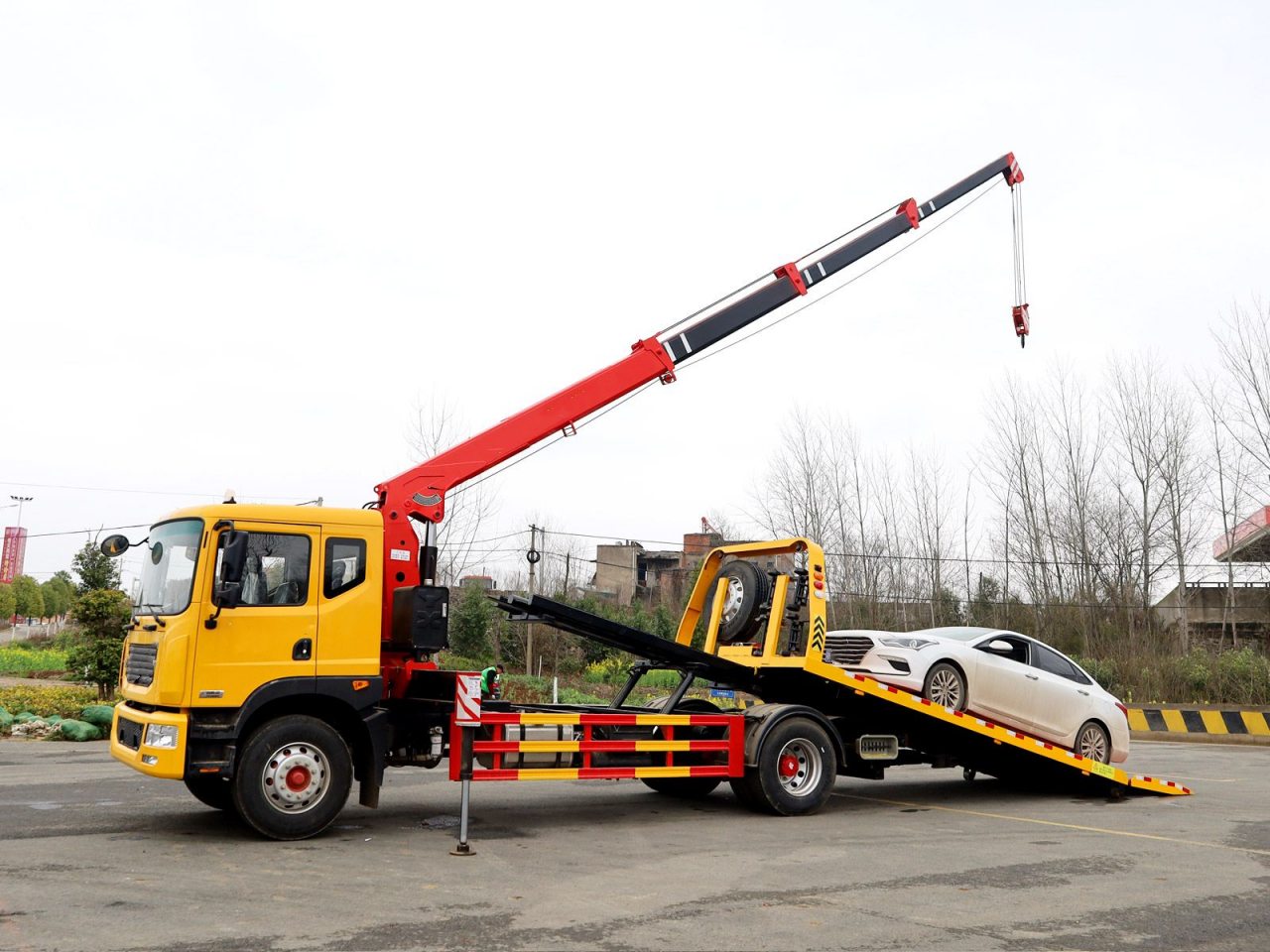
Conclusion
Tow trucks with cranes represent an innovative convergence of towing and lifting technologies, reshaping the landscape of vehicular recovery and assistance. Their versatility, efficiency, and adaptability have made them indispensable tools across various industries, from construction to disaster relief. These dual-purpose vehicles embody the spirit of progress and problem-solving that drives the evolution of technology.
As the world faces new challenges and opportunities, the evolution of tow trucks with cranes continues to unfold. Innovations in automation, eco-friendliness, and operator training promise to refine their capabilities and extend their reach even further. With a positive impact felt globally, these vehicles stand as a testament to human ingenuity, and their continued evolution is a promising sign of a more efficient, connected, and resilient future.
In the end, tow trucks with cranes remind us that even in the world of heavy machinery, there is room for creativity, synergy, and multifaceted solutions. As the journey of innovation continues, it will be fascinating to witness how these dual-purpose vehicles adapt and thrive in an ever-changing automotive and recovery landscape.





